Weighing in at under 100g, the QHY5III462C is a colour planetary camera that is also available as a mono version.
It is certainly one of the more compact cameras in QHYCCD’s collection, but this mini camera comes with some big features.
Arriving in a single box, the QHY5III462C was nestled in a neat metal box not unlike an old-fashioned biscuit tin.
Within, we found it well-secured in thick padded foam, with accessories including adaptors and filters stored snugly underneath.
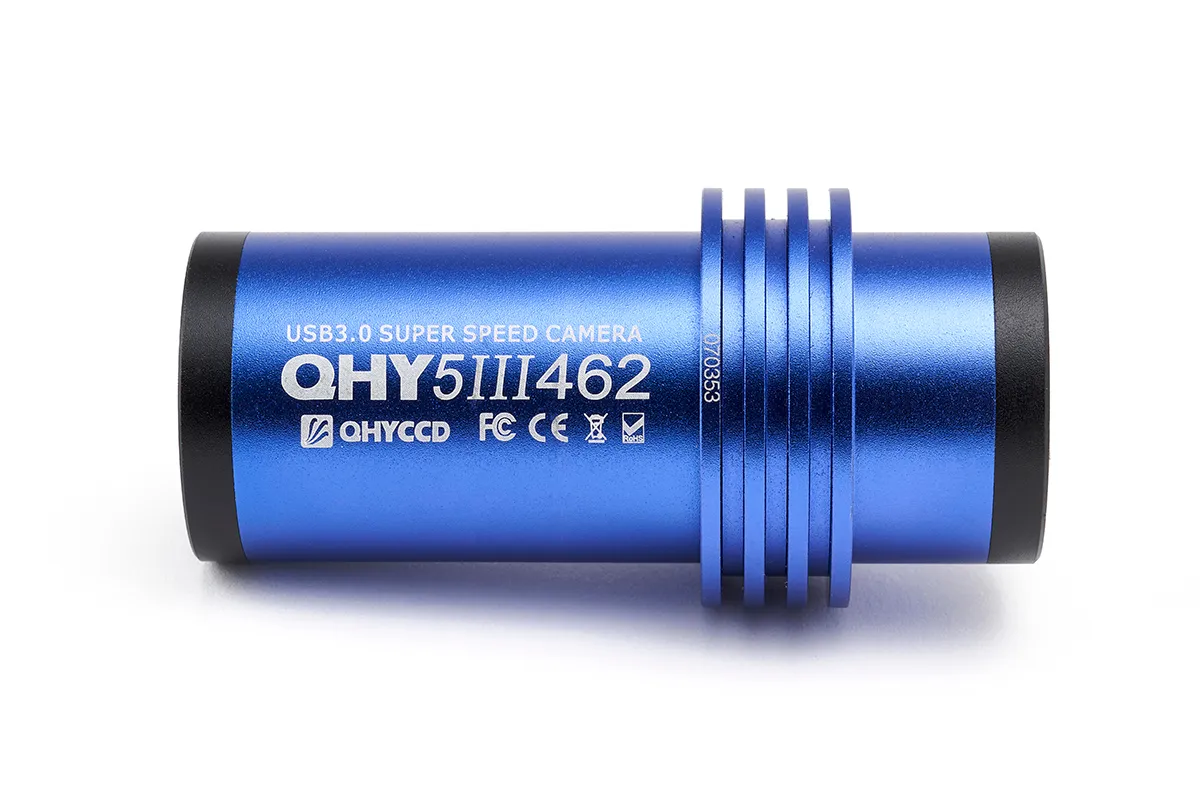
Inspecting the camera revealed it to be about the same width as a 1.25-inch eyepiece and a mere 80mm long.
Finished in a striking blue and with no plastic to be seen, the camera build was solid and very well-made, creating an excellent first impression.
Positioned on the back of the camera and taking up most of the space is a USB 3.0 connector.
The accompanying accessories include a USB 3.0 cable, focus locking ring, 1.25-inch infrared (IR)/ultraviolet (UV) blocking filter and a 1.25-inch 855nm IR pass filter.
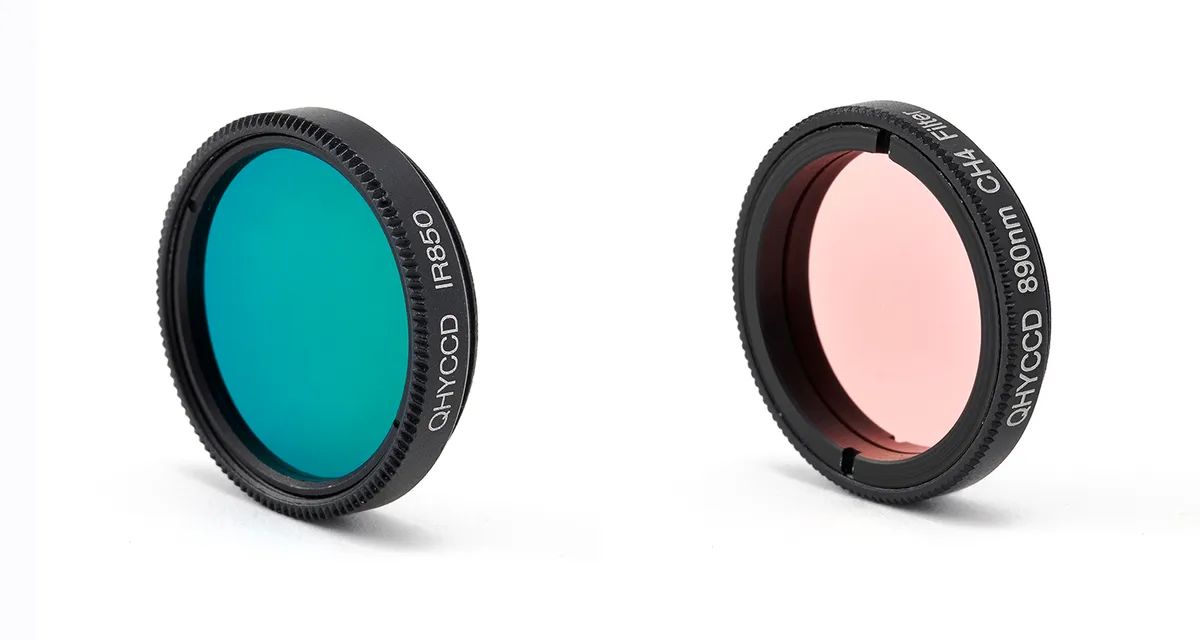
Connecting the QHY5III462C to our 8-inch Meade telescope was easy, as the camera fits directly into the 1.25-inch adaptor on its focuser.
By virtue of the Meade being a Schmidt-Cassegrain design, we had a very long focus range to take advantage of, making the process of focusing simple and quick.
However, we did note that because the camera inserts into the focuser, this may cause issues with some refractors, which often require the camera sensor to be positioned further back.
To combat this, a 1.25-inch nosepiece or extension tube (not supplied) can be directly screwed onto the front of the camera, which would grant the extra distance to achieve focus and would be a relatively simple fix.
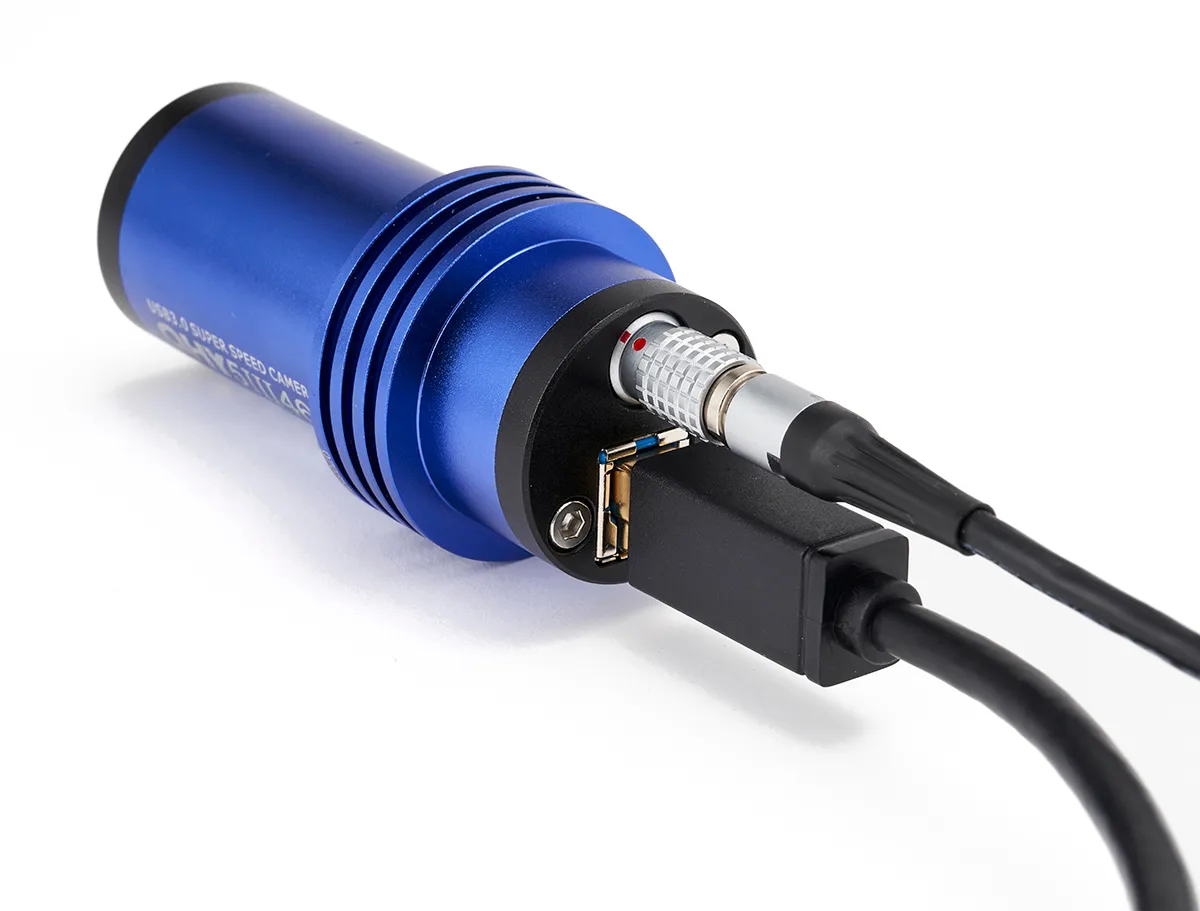
Connecting
Before connecting the camera to our computer, we downloaded the driver package from the QHYCCD website, which was a very easy task.
QHYCCD has a single application to install all of its camera drivers, which made finding the correct one easy.
Once installed, we loaded FireCapture and plugged in the USB 3.0 cable. FireCapture instantly connected, displaying the QHY5III462C live view on the screen.
Imaging
With Mars a little small and Jupiter and Saturn too low for imaging, we targeted the Moon as the most detailed planetary body available.
Initially we were surprised to only be recording 30–35 frames per second (fps).
Adjusting the exposure time and gain had no effect, which suggested a data download issue.
Delving into FireCapture’s settings, we adjusted the ‘USB traffic’ option and, after some trial and error, we found reducing this to 5 (the default setting was 40) gave us the desired 130–135fps, while not overloading the image buffer.
Monitoring the stats while the camera was running revealed that very few frames were being dropped and capture speeds maintained consistently above 100fps.

Using filters
Testing out one of the QHY5III462C’s strong points, we attached the included 855nm IR pass filter.
This can be done by screwing the 1.25-inch filter directly onto the nose of the camera.
Once reattached and focused we did notice that the Moon was dimmer than it was without the filter attached, but upon adjusting the exposure times to correct this, the frame rates remained around 120–130fps.
Using the ‘Region of interest’ function, we were recording in excess of 200fps.
On the subject of file size, it is worth noting that at full resolution the QHY5III462C produces some very large files.
A two-minute video of the Moon was around 15GB of data.
This meant that after 40 minutes outside, we had over 120GB of data and our 250GB hard drive was getting very full.
The file size also affected processing, as AutoStakkert! and RegiStax both struggled to process the larger files.
However, once stacked the results were very impressive, with the stacked images showing very low noise and plenty of detail.
Overall, we were very impressed with the QHY5III462C, from excellent build quality to speed and a beautifully low-noise sensor.
This little camera not only meets its specification, but far exceeds it.
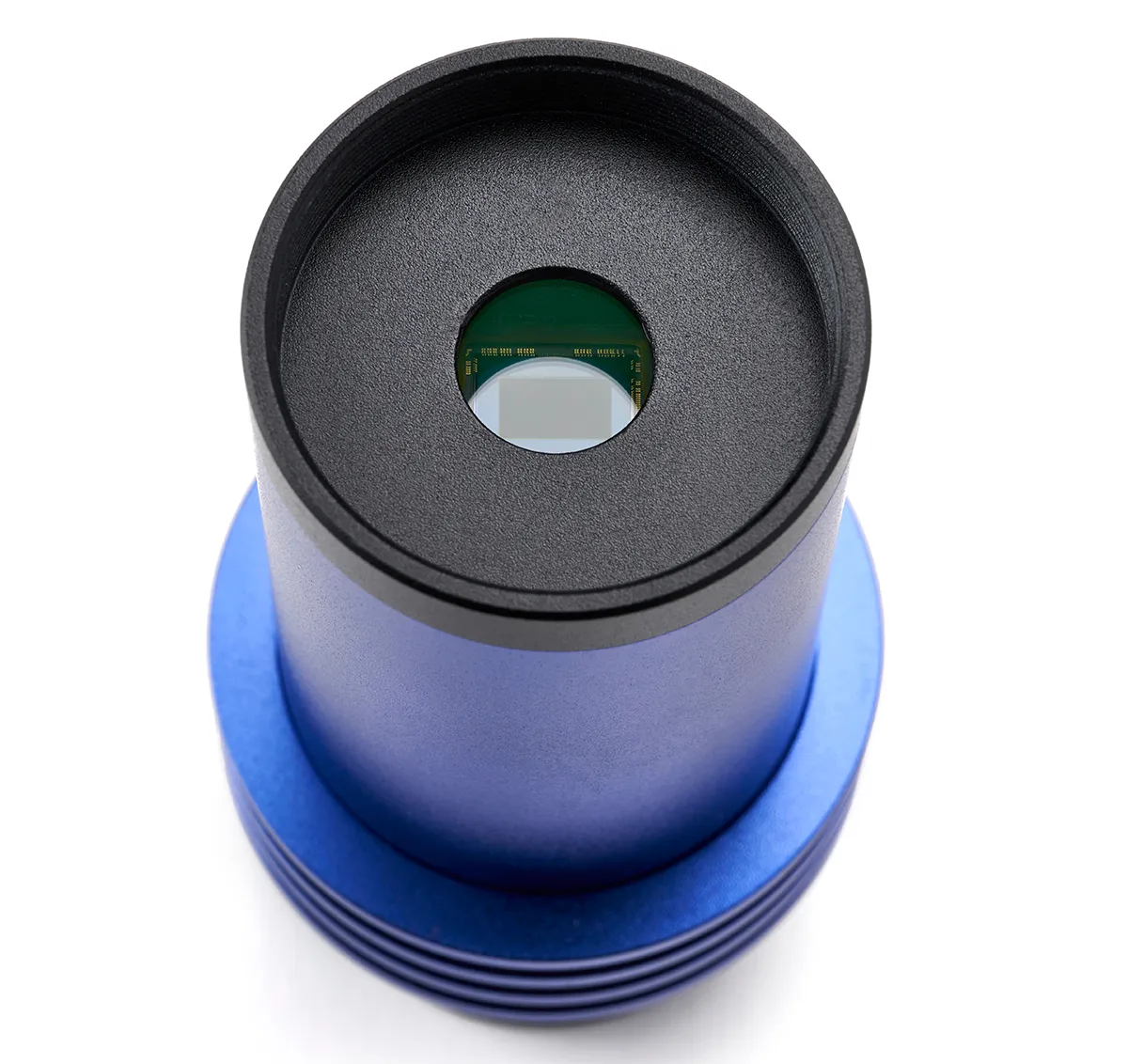
STARVIS sensor
The QHY5III462C utilises the sixth-generation Sony 2.1MP IMX462 STARVIS CMOS back-illuminated sensor.
Being ‘back-illuminated’ means that the wiring structure within the sensor is below the photosensitive layer and doesn’t block the path of any light.
This, combined with Sony’s new Super High Conversion Gain (sHCG) technology, produces a higher voltage from fewer photon results in a sensor that is extremely sensitive in low light.
Another benefit of the IMX462 sensor is its sensitivity to red and infrared light.
Alongside its low-noise characteristics, this allows the QHY5III462C to capture upwards of 130fps at full resolution, even with an infrared pass filter installed.
It also supports ‘Region of interest’, which effectively lets you turn off areas of the camera sensor.
This is especially helpful when imaging planets, as the outer areas are often blank space.
By removing these areas, the file sizes are smaller, which allows for greater frames per second; we were easily achieving over 200fps when under 500 x 500 pixels.

5 best features
IR pass and IR/UV cut filters
Included in the basic package is an infrared and UV cut filter. This filter is essential when imaging in normal colour, as the optical window on the camera doesn’t include this protection. This has been done to ensure that maximum infrared sensitivity is maintained, as they also include a 855nm infrared pass filter.
Guider connection
A guiding cable is included, enabling the QHY5III462C to be connected directly to a mount and controlled via PHD2 or similar guiding software. The camera end of the connection is a solid metal connection that locks in place to avoid any accidental disconnection.
Connectivity
Equipped with a high-speed USB 3.0 connection and a large 512KB flash memory, the QHY5III462C can seamlessly capture and download large video files. The camera can capture up to 130fps in full-frame video and higher when using the ‘Region of interest’ function, due to the 5GB-per-second USB 3.0 interface.
Focus ring
Included is a fully adjustable solid metal ring that can be tightened to the barrel of the camera. This lets you lock the ring into a fixed position once focus has been achieved, allowing the camera to be inserted to the same distance time and again.
Size
At a mere 80mm long and 36mm wide, the QHY5III462C is one of the smallest cameras available on the market, and at a mere 88g is also one of the lightest. Despite this low weight, there is no plastic to be seen and the camera feels very solid and well-made.
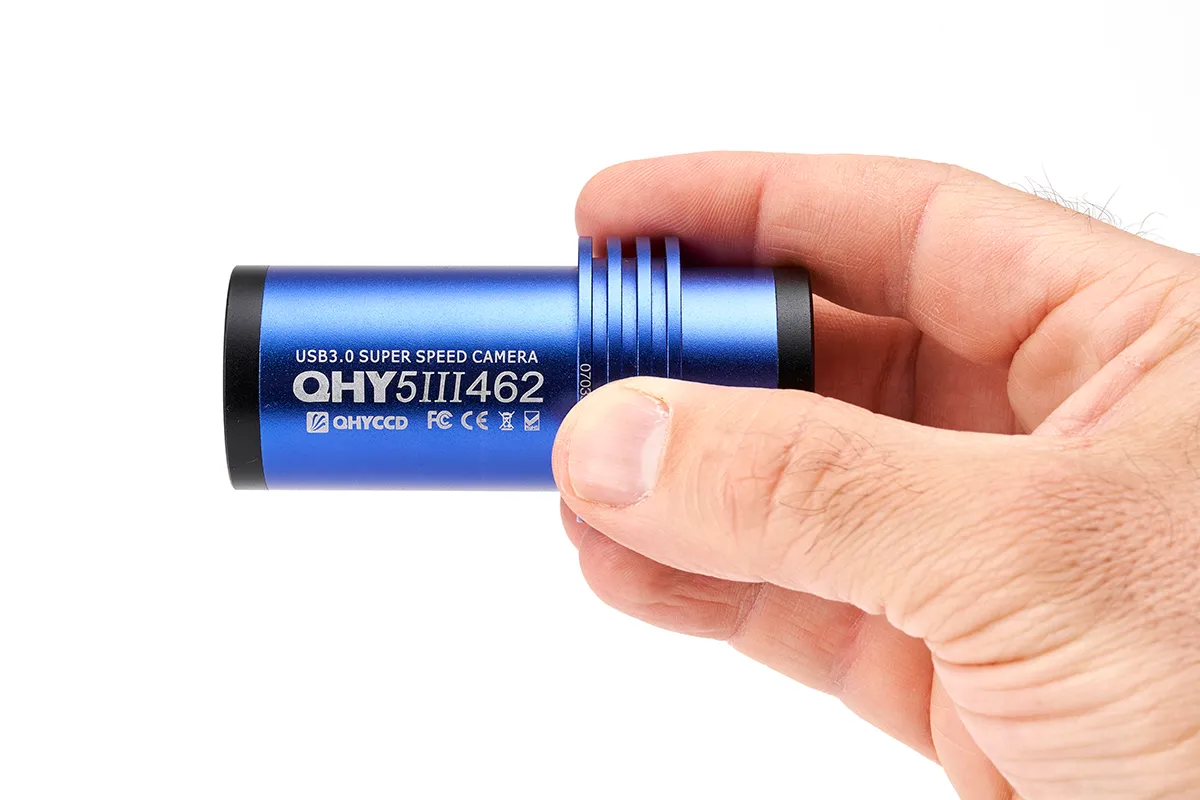
Vital stats
- Price: £229
- Sensor: Sony IMX462 STARVIS CMOS
- Resolution: 2.1MP, 1,920 x 1,080 pixels
- Exposure range: 7ms–900 seconds
- Connectivity: USB 3.0, guide port
- Size: 36 x 36 x 80mm
- Weight: 88g
- Extras: Guide cable, USB 3.0 cable, 850nm IR and IR/UV cut filters, focus lock ring
- Supplier: Modern Astronomy
- Tel: 0208 7639953
- www.modernastronomy.com
This review originally appeared in the June 2023 issue of BBC Sky at Night Magazine.
